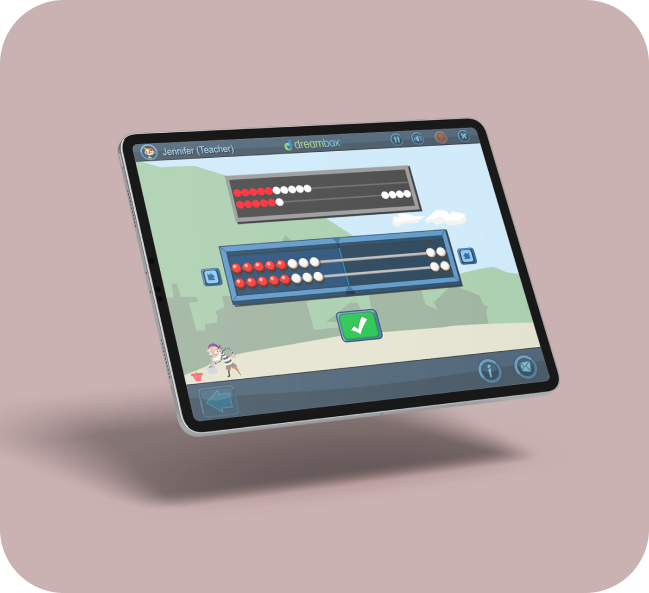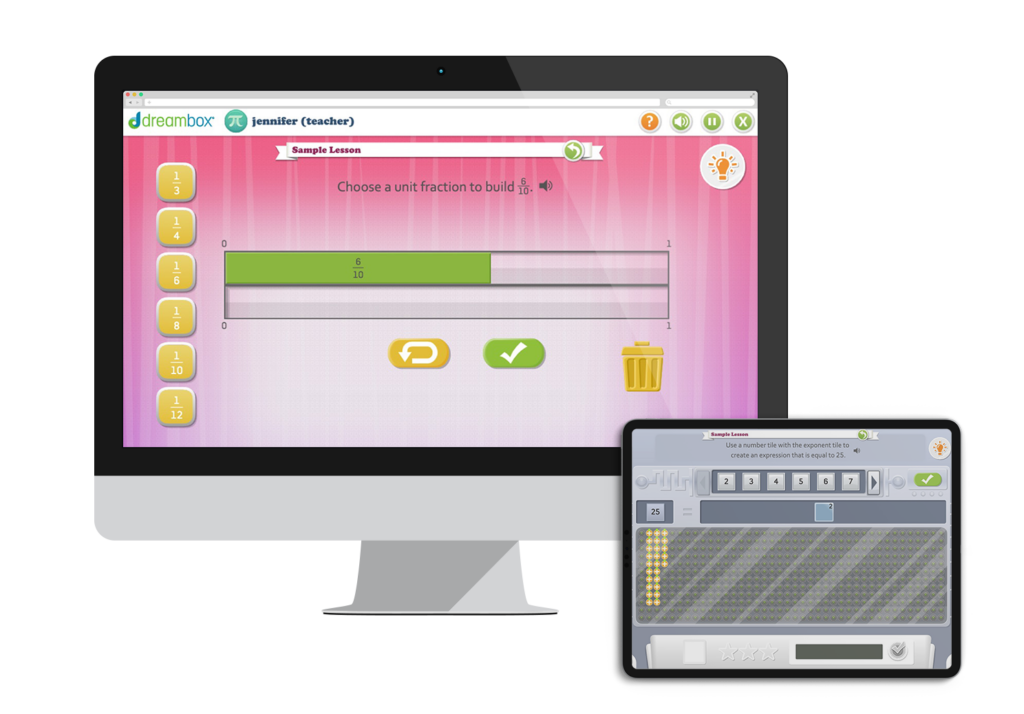If you’re searching for ways to help a 3rd grader with math, you’ve come to the right place. Here are the top ten tips to bolster your child’s math skills and increase their confidence.

Inspire learning with DreamBox third grade math
Get online math that boosts your third grader’s learning outcomes—and their confidence.
Third grade math introduces key concepts like multiplication, division and more. Our interactive program helps your third grader master these new skills while building on existing ones. With fun games and a proven curriculum, DreamBox Math helps strengthen your third grader’s math abilities.
Inspire learning with DreamBox third grade math
Get online math that boosts your third grader’s learning outcomes—and their confidence.
Third grade math introduces key concepts like multiplication, division and more. Our interactive program helps your third grader master these new skills while building on existing ones. With fun games and a proven curriculum, DreamBox Math helps strengthen your third grader’s math abilities.

Personalized learning for every child
ADAPTS TO THEIR INDIVIDUAL JOURNEY
Each third grader learns differently, and DreamBox adjusts in real time to cater to their unique needs. Whether they’re excelling or need additional support, DreamBox customizes lessons to ensure steady progress while boosting confidence
Easy to get started
FREE AND SIMPLE SETUP
Getting your child started with DreamBox is a breeze! Sign up for a free 14-day trial—no credit card needed—and experience a program designed to help your third grader excel in math.


Targeted learning made simple
FOCUS ON SPECIFIC SKILLS
If your third grader excels in multiplication but struggles with fractions, DreamBox’s assignment tool pinpoints progress and assigns lessons to target areas for improvement. Tailoring their learning path boosts confidence and strengthens these key skills.
Start your free trial
See how DreamBox can help your third grader with math by signing up for a free trial today.
No credit card required!
Parents and teachers love DreamBox
“Children learn through different pathways: by working alone, talking through concepts, through play, and others like to build things. As educators, we need to allow those students to tap into their pathway and I think we can leverage adaptive learning technology as a pathway for students. So, DreamBox is one of the opportunities to find their pathway.”
Lee Ann H.
Teacher
“Our upper-grade teachers are noticing students are coming in with a more solid foundation of prior grade material. When our third and fourth-grade teachers have used DreamBox Math with fidelity, our fifth-grade teachers are really noticing that students are stronger with mathematical modeling than ever before.”
Carrie T.
Elementary Math Coordinator
“With DreamBox, we could take a snapshot of students’ math skills when they were in the third grade, then compare that with their skill in the fourth grade and determine the impact of DreamBox.”
Nicole Z.
Instructional Designer
“Children learn through different pathways: by working alone, talking through concepts, through play, and others like to build things. As educators, we need to allow those students to tap into their pathway and I think we can leverage adaptive learning technology as a pathway for students. So, DreamBox is one of the opportunities to find their pathway.”
Lee Ann H.
Teacher
“Our upper-grade teachers are noticing students are coming in with a more solid foundation of prior grade material. When our third and fourth-grade teachers have used DreamBox Math with fidelity, our fifth-grade teachers are really noticing that students are stronger with mathematical modeling than ever before.”
Carrie T.
Elementary Math Coordinator
Benefits of DreamBox for third grade math
Nearly half of third graders in the US are falling behind in math (CRPE). DreamBox can help students get back on track—and have fun doing it. DreamBox Math is a unique program that makes math enjoyable for third graders while offering valuable insights into their progress for parents and educators.
Customized Lesson Plans
As your third grader completes lessons, DreamBox adapts content to match their current skill level, ensuring a tailored and effective learning experience.
Trackable Growth
DreamBox delivers measurable improvement. Kids who use the program for just 30–60 minutes a week typically gain 1.5 grade levels of progress by year’s end.
Proven Success
DreamBox Learning is the only dual-discipline program rated STRONG by Evidence for ESSA, demonstrating efficacy across all achievement levels and learning environments.
Created for Young Learners
DreamBox Math captivates third graders with fun games, lovable characters, challenging activities, and more.
Continuous Progress Monitoring
DreamBox consistently tracks your third grader’s progress, removing the need for one-time placement tests. You’ll gain a comprehensive understanding of their achievements and growth over time.
Purposeful Screen Time
Engaging lessons designed to entertain and educate make screen time a guilt-free experience for your third grader.
Customized Lesson Plans
As your third grader completes lessons, DreamBox adapts content to match their current skill level, ensuring a tailored and effective learning experience.
Trackable Growth
DreamBox delivers measurable improvement. Kids who use the program for just 30–60 minutes a week typically gain 1.5 grade levels of progress by year’s end.
Proven Success
DreamBox Learning is the only dual-discipline program rated STRONG by Evidence for ESSA, demonstrating efficacy across all achievement levels and learning environments.
Created for Young Learners
DreamBox Math captivates third graders with fun games, lovable characters, challenging activities, and more.
Continuous Progress Monitoring
DreamBox consistently tracks your third grader’s progress, removing the need for one-time placement tests. You’ll gain a comprehensive understanding of their achievements and growth over time.
Purposeful Screen Time
Engaging lessons designed to entertain and educate make screen time a guilt-free experience for your third grader.
Created for young learners
DreamBox Math captivates third graders with fun games, lovable characters, challenging activities, and more.
Continuous progress monitoring
DreamBox consistently tracks your third grader’s progress, removing the need for one-time placement tests. You’ll gain a comprehensive understanding of their achievements and growth over time.
Purposeful screen time
Engaging lessons designed to entertain and educate make screen time a guilt-free experience for your third grader.
Customized lesson plans
As your third grader completes lessons, DreamBox adapts content to match their current skill level, ensuring a tailored and effective learning experience.
Trackable growth
DreamBox delivers measurable improvement. Kids who use the program for just 30–60 minutes a week typically gain 1.5 grade levels of progress by year’s end.
Proven success
DreamBox Learning is the only dual-discipline program rated STRONG by Evidence for ESSA, demonstrating efficacy across all achievement levels and learning environments.
Third grade curriculum alignment
Our third grade online math practice tool and resources are aligned with educational math standards. By the end of the school year, your third grader should feel confident with these key math concepts:
- Addition and Subtraction:
- Add & Subtract on the Number Line
- Identify Missing Addends to 1000
- Fluency: Addition & Subtraction
- Comparison and Ordering:
- Round & Compare Whole Numbers
- Whole Numbers on a Number Line
- Early Equivalency I
- Fractions on a Number Line
- Fractions: Money & Time
- Fractions: Choose Context
- Make & Compare Rods
- Measurement:
- Add & Subtract Time
- Using Clocks & Telling Time II
- Categorical Data Graphs
- Line Plots I
- Area & Perimeter I
- Volume
- Mass
- Mass and Volume
- Multiplication and Division:
- Multiplication: Adding or Removing Groups
- Multiplication & Division Situations
- Multiplication: Double & Halve
- Multiplication: Doubling
- Multiplication: Partial Products
- Multiply & Divide: Ratio Table
- Multiply by 0, 1, 5, 10 (Automaticity I & II)
- Multiply by 2, 4, 8 (Automaticity I & II)
- Multiply by 3, 6, 12 (Automaticity I & II)
- Multiply by 9, 10, 11 (Automaticity I & II)
- Multiply by 5, 15, 25: Automaticity
- Multiply by 7, 14, 15: Automaticity
- Patterning with Numbers
- Partial Products using Arrays
- Geometry:
- Constructing & Measuring Polygons I
- Classifying Geometric Figures
- Classifying Polygons
- Partitioning Shapes
- Place Value:
- Place Value to 9,999
Easy access anytime, anywhere
DreamBox is available on computers, laptops, and iPads through an internet browser and via our iPad app. Whether at home, in the car, or at the park, your first grader can keep practicing math wherever they are. At this time, DreamBox Math is not available on smartphones, Android tablets, or eReaders.

FAQs
Yes! DreamBox offers multiple grade levels and family plan options to make it easier than ever to support your child’s math learning.
DreamBox Math empowers third graders by analyzing how they tackle problems in each lesson. It adjusts activities to match their individual learning style and needs, ensuring they’re consistently challenged. As your child learns and grows, DreamBox monitors their progress and refines lessons to support their development. This personalized approach creates a unique learning journey tailored just for them!
Support your third grader’s success with DreamBox by setting learning goals together! Kids love seeing their progress on DreamBox, which keeps them engaged and motivated. Start with small milestones like “Let’s finish 5 lessons this week” and work up to bigger challenges, such as “I’ll master these math skills this month!”
Celebrating their efforts and achievements builds their confidence. If math becomes tricky, encourage persistence and discuss their learning. Simple questions like “What did you learn in math today?” can spark meaningful discussions and show your encouragement.
Take advantage of the DreamBox Family Dashboard to track their progress and celebrate their achievements. You can even print certificates to commemorate milestones and make their success extra special!
No, there’s no credit card required to start a free trial with DreamBox.
Third grade math resources
The older students get, the more there is to learn! 3rd grade math presents exciting challenges like multiplication and division, graphing data, and more. DreamBox has all of the guides, games, and practice problems your child needs to face the challenges of 3rd grade math and come out a champion.
Make practice time fun with these 3rd grade math activities!
In third grade, students dive into exciting math concepts that form the basis for future math success. Your child can practice those concepts with this list of 35 third grade math problems!
Third grade math skills to practice
Develop an understanding of fractions as numbers, representing fractions on a number line and comparing fractions.
Nail the basics of telling the time to help solve word problems involving addition and subtraction.
Place value helps children develop strategies to perform multi-digit arithmetic.
Master the math jargon with our A–Z of common math terms (and some handy ways to practice them!).
Find other grades
If you’ve ever wondered how to help your child with math homework or what they should know by the end of fifth grade, these elementary math resources are for you.
Choose a grade level below to browse math skills and objectives by grade.
It’s time to build on what we’ve learnt so far and develop mathematical fluency.
Level up number knowledge with the introduction of multiplication, division and fractions.
Classifying, analysing and problem-solving: we’re applying all our skills here!
Understanding is extended even further across number, measurement and geometry.
Meet ratio, rational numbers and equations – this is where we explore statistical thinking.
Children learn more advanced topics like pre-algebra and investigate complex statistics and probability.
Introduce problems involving shape, scale drawings, population samples and more.






